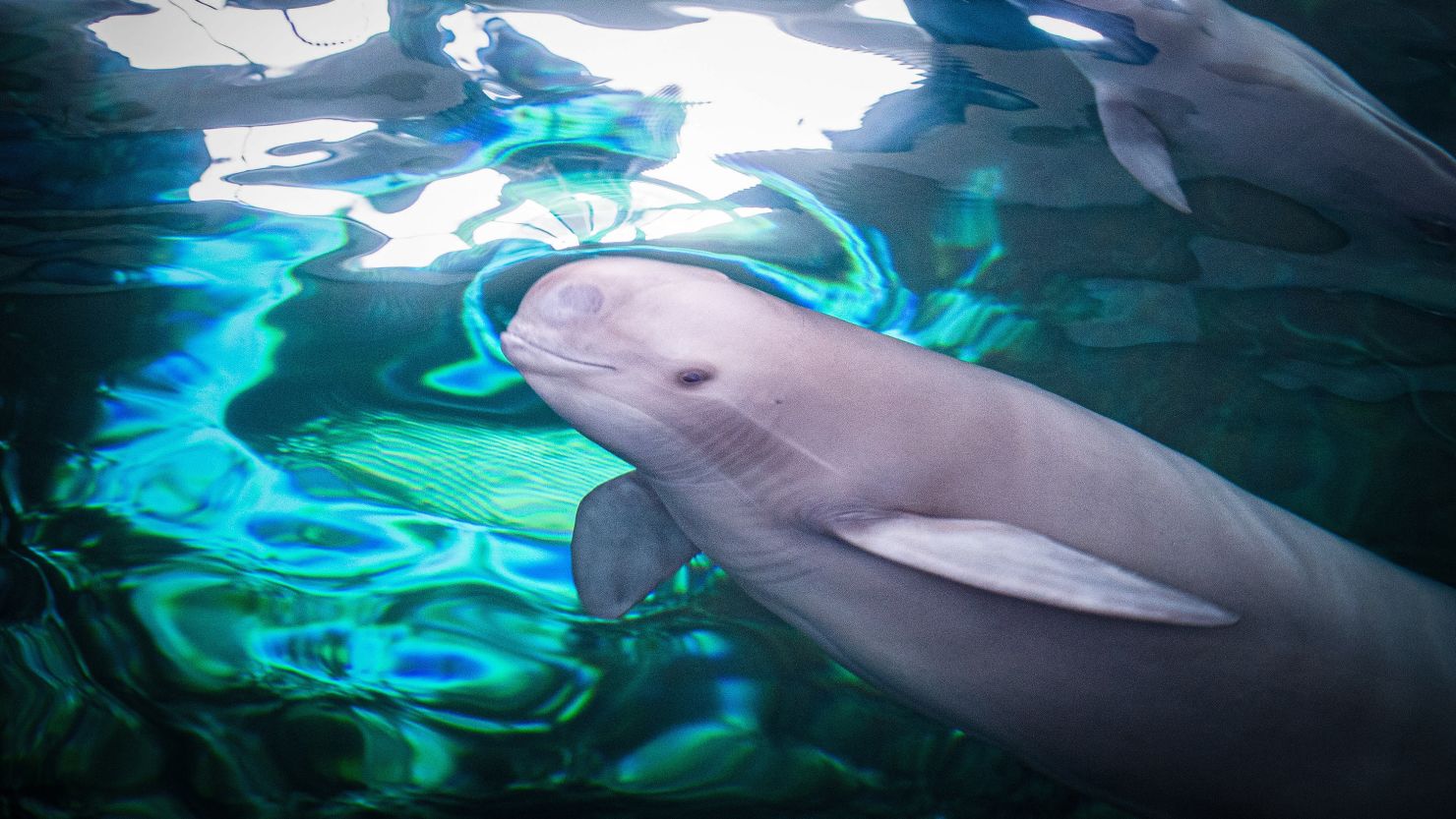shilohcreekkennels.com – The Yangtze River, the longest river in Asia and the third longest in the world, has been home to a myriad of species, including one of the most enigmatic and sadly, one of the most endangered: the Baiji dolphin (Lipotes vexillifer). Known as the “Goddess of the Yangtze,” the Baiji was a freshwater dolphin that roamed the waters of the Yangtze for over 20 million years. However, the 21st century brought a tragic end to this ancient species, highlighting the devastating impact of human activity on the natural world.
The Baiji: A Unique Species
The Baiji, or Yangtze River dolphin, was a freshwater cetacean found exclusively in the Yangtze River of China. It was one of only two freshwater dolphin species in the world, the other being the Indus River dolphin in Pakistan. The Baiji was characterized by its bulbous head, which lacked a beak, and its small, rounded fins. Unlike other dolphins, the Baiji had a limited echolocation ability, relying more on its acute hearing to navigate and hunt in the murky waters of the Yangtze.
The Decline of the Baiji
The Baiji’s decline is a tragic tale of human impact on the environment. Over the past few decades, the Yangtze River has become one of the most heavily used waterways in the world. The construction of dams, including the massive Three Gorges Dam, has drastically altered the river’s ecosystem. Pollution, overfishing, and the introduction of commercial shipping have all contributed to the Baiji’s decline. By the late 20th century, the Baiji was already considered functionally extinct, with the last confirmed sighting in 2002. Despite conservation efforts, the species was declared extinct in 2006.
Conservation Efforts and Lessons Learned
The loss of the Baiji serves as a stark reminder of the fragility of ecosystems and the importance of conservation efforts. While the Baiji’s extinction is a tragic loss, it has also sparked a global conversation about the need for sustainable development and conservation. Efforts to protect other endangered species in the Yangtze, such as the Chinese paddlefish and the Yangtze sturgeon, have been intensified. Additionally, there is a growing movement towards restoring the river’s ecosystem and reducing human impact on the environment.
The Legacy of the Baiji
The Baiji’s extinction is a poignant reminder of the consequences of human activity on the natural world. It serves as a powerful symbol of the need for sustainable development and conservation. While the Baiji may be lost, its legacy lives on, inspiring a new generation of conservationists to protect the planet’s biodiversity. As we move forward, it is crucial that we learn from the Baiji’s story and work towards a future where humans and wildlife can coexist in harmony.
Conclusion
The Baiji dolphin’s extinction is a somber reminder of the delicate balance between human activity and the natural world. As we continue to develop and grow, it is essential that we do so with an eye towards conservation and sustainability. The loss of the Baiji is a call to action, urging us to protect the remaining species that share our planet. Only by working together can we ensure that no other species suffers the same fate as the Yangtze River’s lost dolphin.
